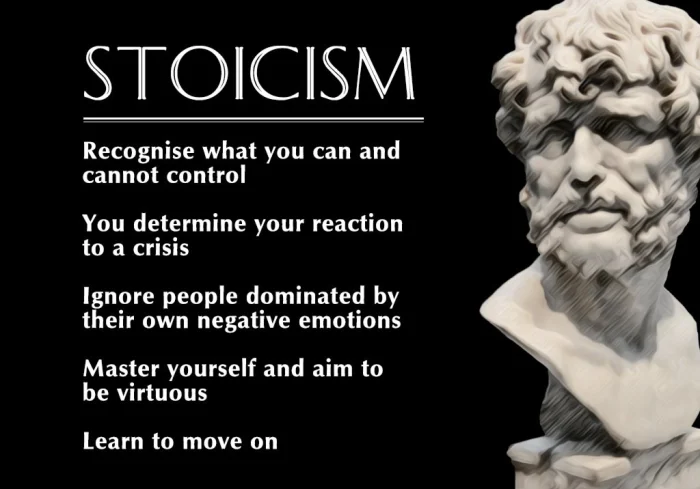Christmas Symbols Talk
Important People:
- Jesus
- Samuel The Lamanite
- Shepherds
- St. Nicholas
- Children
- Ourselves
Major Talking Points:
- Traditional Christian Symbols
- Star
- Samuel The Lamanite
- Helaman 14:2-5
- Bright as Day in the East
- Star of Bethlehem prompts the wise men of the East
- An emblem reminding us that in the deepest darkness, there is an everlasting light. And that light is most brilliant in our darkest hours. What is the light that can dispel darkness almost as deep as death? It is the light emanating from our Savior. Paul wrote to the Ephesians, “Awake thou that sleepest, and arise from the dead, and Christ shall give thee light.” (Eph. 5:14.)
Source: <http://lds.org/ensign/1992/12/symbols-of-reconciliation?lang=eng&query=%22Christmas+Symbols%22>
- The closed Inn, Stable and Manger
- This often represents closed hearts and minds and symbolizes the paradoxes that our Heavenly Father presents to us in this life.
- Isaiah 9:6
- Ecclesiastes 4:13
- Alma 32:23
- Magi - Three Kings From the Orient
- Father Joseph
- Modern Symbols
- Christmas Tree
- Holly
- The Candy Cane - Shepherds
- Turned one way it looks like a 'J' for Jesus
- Shepherds visited by angels in the field and amongst the first as 'leaders' to shepherd multitudes to learn of Jesus location and mission to save the world from their sins
- Luke 2: 8-20
- Turned the other way we are reminded of shepherd's staff or crook
- A pastoral reminder that for every wandering person, for every lost soul, there is a loving, merciful shepherd who watches, willing at any moment to guide us to safety. He knows our name, and we know his voice. Friends and loved ones may offer guidance, too; but when they disappoint us, he still stretches forth his guiding arm. Especially is he mindful of those who are widowed and orphaned—physically or in spirit.
- The most credible story for how the sticks became canes is based on an incident that took place more than 200 years later in Germany. In 1670, the Cologne Cathedral hosted a living Nativity Scene for its Christmas celebration. The choirmaster had great difficulty keeping the children of the choir in order, so he got creative. Plain white candy sticks were popular with the children, and the choirmaster believed that if they were kept busy licking candy, they wouldn’t chatter so much. But the choirmaster wanted more than just keeping the children quiet; he wanted them to learn something of the significance of the Nativity. He appealed to a local candy maker to bend the sticks in the form of shepherd’s staffs.
- Children Sitting on Santa's Lap
- St Nicholas born in 4th century Turkey
- Devout Christian
- STOCKING:
- The tradition of placing gifts into Christmas stockings come from another tradition regarding Saint Nicholas, Bishop of Myra. In this tradition, the three women who needed dowries in order to be kept from a life of prostitution had hung their stockings by the fireplace to dry. When the saint came by to help them, the money that he threw into their house fortuitously landed in the stockings. The tradition of naughty children receiving a lump of coal in their stockings comes from Italy. Because stockings cover our feet, they symbolize our life's journey. If our journey takes us closer to God, He rewards us with the joys and happiness of eternal life. But if we constantly turn from Him, we will do so in eternity as well. In popular imagination, Lucifer stokes the fires of hell with coal. Hence, coal in the stocking of naughty children is a somber reminder of damnation while the gifts good children receive foreshadow their eternal reward.
- Faith
- Requesting gifts from Father Christmas
- Similar in nature to our prayers and petitions to Father (God) for help, and or to return our gratitude for blessings past
- 2 Nephi 32:9
- Gifts
- Wrapped gifts. At this birthday celebration, the Savior, the guest of honor, brings all the best gifts to us. But we, too, have gifts to bring, and the finest we can bring will always be homemade.
- Poem from (Christina Rossetti.)
- "What can I give Him
- Extra Thoughts
- Testimony and close
6 For unto us a child is born, unto us a son
is given: and the government shall be upon his shoulder: and his name shall be
called Wonderful, Counsellor, The mighty God, The everlasting Father, The
Prince of Peace.
13 ¶Better is a poor and a wise child than an
old and foolish king, who will no more be admonished.
23 And now, he imparteth his word by angels
unto men, yea, not only men but women also. Now this is not all; little
children do have words given unto them many times, which confound the wise and
the learned.
Called
“wise men” (Matt.
2:1). Their identification is not made known in the scriptures, but it is
certain that they were righteous men sent on an errand to witness the presence
of the Son of God on the earth. Their spiritual capacity is evident: They were
able to see the star when others could not; they knew its meaning, and brought
gifts to the young child; and they were warned of God in a dream to return to
their home by a safe route. Their knowledge was precise and accurate. It seems
likely that they were representatives of a branch of the Lord’s people
somewhere from east of Palestine, who had come, led by the Spirit, to behold
the Son of God, and who returned to their people to bear witness that the King
Immanuel had indeed been born in the flesh. We are not told how many wise men
there were, but tradition usually speaks of three, because of the three gifts
of gold, myrrh, and frankincense. If they were serving in the capacity of
witnesses, there would of necessity have been two or three.
Source:
it
is poignant to consider the monumental task assigned to Joseph. He was to lead
Mary as a husband and Jesus as an earthly father. God confirms this leadership
role by communicating solely with Joseph on four different occasions. The
gospel of Matthew records that an angel of the Lord appeared to Joseph in
dreams: telling him to take Mary as his wife, telling him to escape with Mary
and Jesus to Egypt, telling him later to return to Israel, and finally warning
him not to settle his family in Judea.
When the Fathers of the Christian Church in AD 340
decided upon an exact date to celebrate Christ's birth event, they wisely
chose the day of the Pagan Winter Solstice, which was already firmly fixed in
the minds of the people.
Pagans
had considered the "World Tree" or the "Tree of Life" as a
representative of life and their universe for thousands of years. It was only
natural to continue to use a tree as a symbol for the birth and re-birth of
Christ.
In
the early seventeenth century, Germans began bringing these trees indoors at
Christmas and decorating them with candles.
The
end result is that today we see these trees all over the world, used in a
festive spirit of peace and joy, and still place a star or an Angel over the
top, much as the Ancients did over 5000 years ago.
Source: <http://www.squidoo.com/christmas_symbols>
-
Druids once believed that holly, with its shiny leaves and red berries stayed
green in Winter to keep the earth beautiful when the sacred Oak lost it
leaves.
-
Holly was the sacred plant of Saturn and was used at the Roman Saturnalia
festival to honor him. Romans gave one another holly wreaths and carried them
about decorating images of Saturn with it.
-
Holly in Christianity, serves as a reminder of the crown of thorns worn by
Jesus Christ at his crucifixion.
Source: <http://www.squidoo.com/christmas_symbols>
Legend
holds that the choirmaster used his ingenious design to encourage the children
to watch how the shepherds of the Nativity used their canes to direct the live
animals. More importantly, the choirmaster could instruct the children to
consider how Jesus became the “Good Shepherd.”
9 But behold, I say unto you that ye must pray
always, and not faint; that ye must not perform any thing unto the Lord save
in the first place ye shall pray unto the Father in the name of Christ, that
he will consecrate thy performance unto thee, that thy performance may be for
the welfare of thy soul.
Poor
as I am?
If
I were a shepherd,
I
would give Him a lamb,
If
I were a Wise Man,
I
would do my part,—
But
what can I give Him,
Give
my heart. "
We
can give him our trust in him, our faith in his wisdom. We can give him our heaviest burdens—our
greatest weaknesses, our most stubborn fears, our profoundest griefs—for he
will accept even these and transform them for my good. And we can give him our
everlasting gratitude in the form of a merciful, forgiving heart and willing
hands in the service of others.








Good job nerd!
ReplyDelete